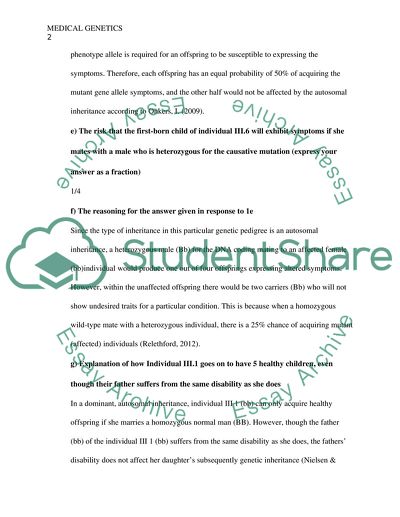Cite this document
(“Medical Genetics Essay Example | Topics and Well Written Essays - 1250 words”, n.d.)
Retrieved from https://studentshare.org/medical-science/1683665-medical-genetics
Retrieved from https://studentshare.org/medical-science/1683665-medical-genetics
(Medical Genetics Essay Example | Topics and Well Written Essays - 1250 Words)
https://studentshare.org/medical-science/1683665-medical-genetics.
https://studentshare.org/medical-science/1683665-medical-genetics.
“Medical Genetics Essay Example | Topics and Well Written Essays - 1250 Words”, n.d. https://studentshare.org/medical-science/1683665-medical-genetics.


